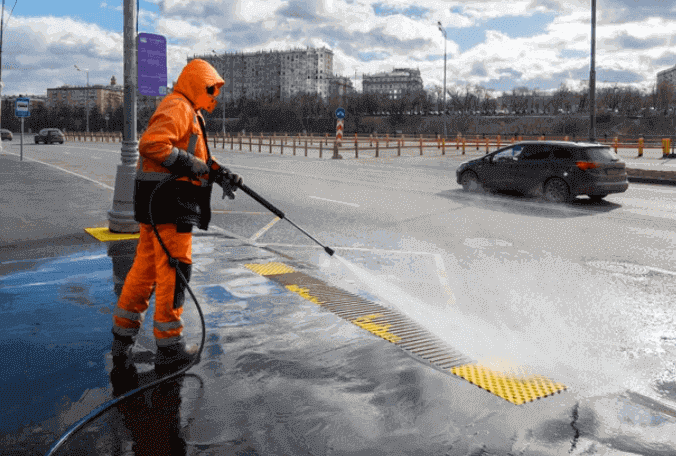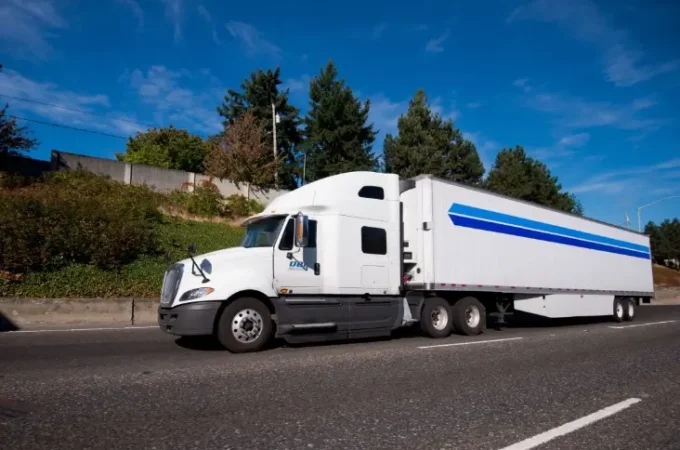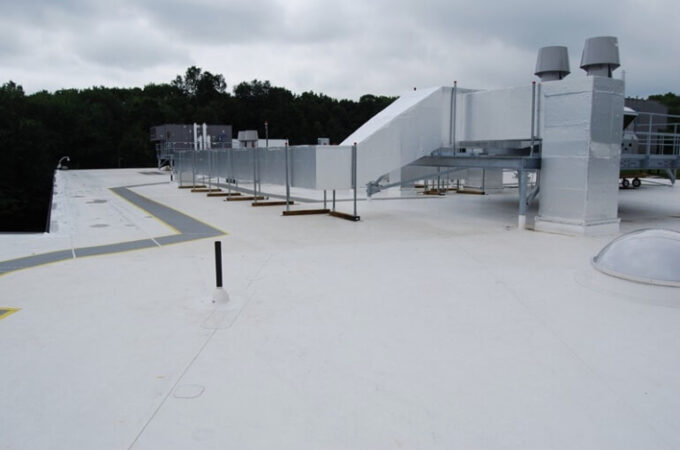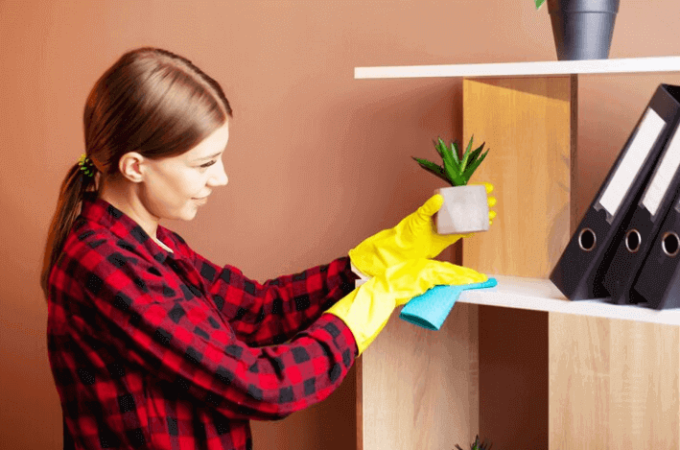
What is Water Blasting? Techniques, Safety, and Applications
When it comes to powerful cleaning and surface preparation, water blasting is a game-changer. This comprehensive guide will take you through the world of water blasting, covering essential techniques, safety precautions, and a wide array of applications. By the end of this article, you’ll be well-equipped to harness the full potential of water blasting for your projects.
Table of Contents:
- What Is it?
- Its Types
- Choosing the Right Equipment
- Safety First: Precautions and Guidelines
- Techniques
- Applications
- Maintenance and Cleaning Tips
- Environmental Considerations
- Conclusion
- FAQs
What Is Water Blasting?
Water blasting, also known as hydro-blasting or hydro-jetting, is a high-pressure cleaning method that utilizes water to remove dirt, grime, paint, and other unwanted substances from various surfaces. It involves pressurized water jets, making it a highly effective and environmentally friendly technique.
The Types of Water Blasting
Before we dive into the details, it’s important to understand that there are two primary types of water blasting: high-pressure and ultra-high-pressure.
- High-Pressure Water Blasting: This method typically uses water pressure between 5,000 and 20,000 psi and is suitable for tasks like paint removal, graffiti cleaning, and surface preparation.
- Ultra-High-Pressure Water Blasting: Ultra-high-pressure water blasting, which exceeds 20,000 psi, is used for more demanding applications such as industrial cleaning, rust removal, and even cutting through tough materials.
Choosing the Right Equipment
Selecting the appropriate equipment is crucial for the success of your project. Key factors to consider include:
- Pressure Rating: Ensure the equipment’s pressure rating matches your specific needs.
- Nozzle Types: Different nozzle types are used for various applications, so choose the right one.
- Water Source: Determine whether you’ll need a portable water source or if a connection to a water supply is feasible.
- Safety Features: Look for safety features like automatic shut-off and pressure relief valves.
Safety First: Precautions and Guidelines
It can be a safe and effective method if used correctly. Safety precautions to keep in mind:
- Protective Gear: Always wear safety goggles, gloves, and other protective materials.
- Distance: Maintain a safe distance from the water jet to avoid injury.
- Surroundings: Ensure the area is clear of people and objects that could be impacted by the high-pressure water.
- Training: Seek proper training if you’re new to it.
Water Blasting Techniques
Mastering its techniques is essential to achieving the desired results:
- Surface Preparation: It can be used to prepare surfaces for painting or coatings by removing old layers of paint, rust, and contaminants.
- Graffiti Removal: The high-pressure water stream is effective at removing graffiti from walls and surfaces without causing damage.
- Industrial Cleaning: It is a preferred method for cleaning industrial equipment, such as machinery and tanks.
- Concrete and Pavement Cleaning: It’s an ideal way to clean driveways, sidewalks, and other concrete surfaces.
- Deburring and Cutting: Ultra-high-pressure water blasting can be used to remove burrs from metal surfaces or even cut through materials.
Applications of Water Blasting
It has a wide range of applications:
- Construction: Preparing surfaces for construction work.
- Marine: Cleaning boat hulls and removing barnacles.
- Automotive: Removing old paint and rust from vehicles.
- Municipal: Cleaning streets and public areas.
- Aerospace: Preparing aircraft surfaces.
Maintenance and Cleaning Tips
Proper maintenance ensures the longevity of your equipment:
- Regular Inspections: Check hoses, nozzles, and other components for wear and tear.
- Flushing: Flush the system with clean water after each use to prevent clogs.
- Winterization: Protect your equipment during the cold months to prevent freezing.
Environmental Considerations
It is an eco-friendly cleaning option. The process uses only water, making it an environmentally responsible choice. Additionally, the wastewater can often be treated and reused.
Conclusion
It is a versatile and effective method for a variety of cleaning and surface preparation tasks. By following proper safety guidelines, choosing the right equipment, and mastering the techniques, you can harness its full potential. Whether you’re a homeowner looking to rejuvenate your property or an industrial professional in need of heavy-duty cleaning, water blasting is a technique that can transform your projects. Embrace its power and witness the remarkable results it can achieve.
FAQs
1. Is water blasting safe for all surfaces?
It can be adjusted to various pressure levels, making it safe for most surfaces. However, it’s essential to choose the right settings and nozzles to prevent damage.
2. Can I rent water blasting equipment for DIY projects?
Yes, many equipment rental companies offer machines for short-term use. Just be sure to receive proper training on how to use them safely.
3. How does it benefit the environment?
It typically uses only water and doesn’t require harsh chemicals. This makes it an environmentally friendly option for cleaning and surface preparation.
4. Is it suitable for removing heavy rust and corrosion?
It is an effective method for rust removal, but the extent of corrosion may impact its success. In any severe case, professional intervention may be necessary.
5. Can water blasting remove stubborn graffiti?
Yes, it can effectively remove graffiti, paint, and other markings from various surfaces. The pressure is adjustable to suit the specific material without causing damage.





